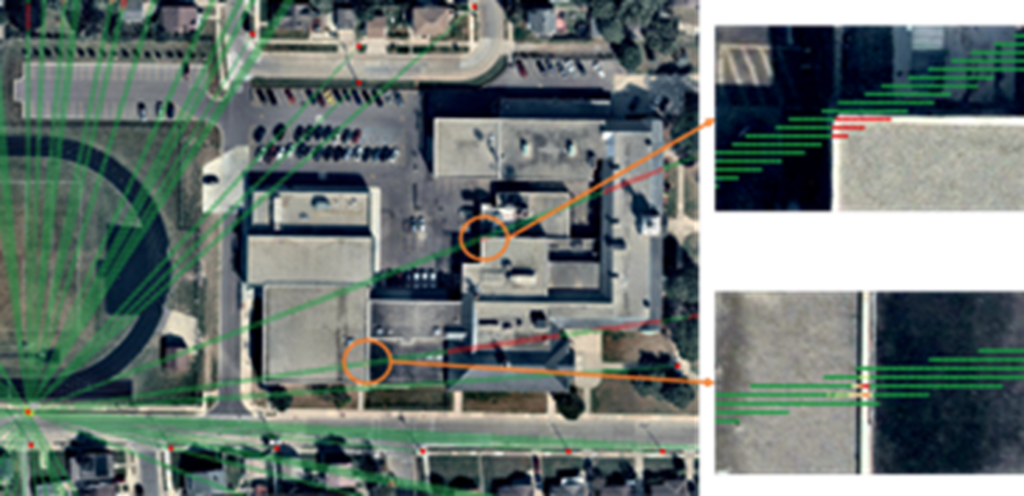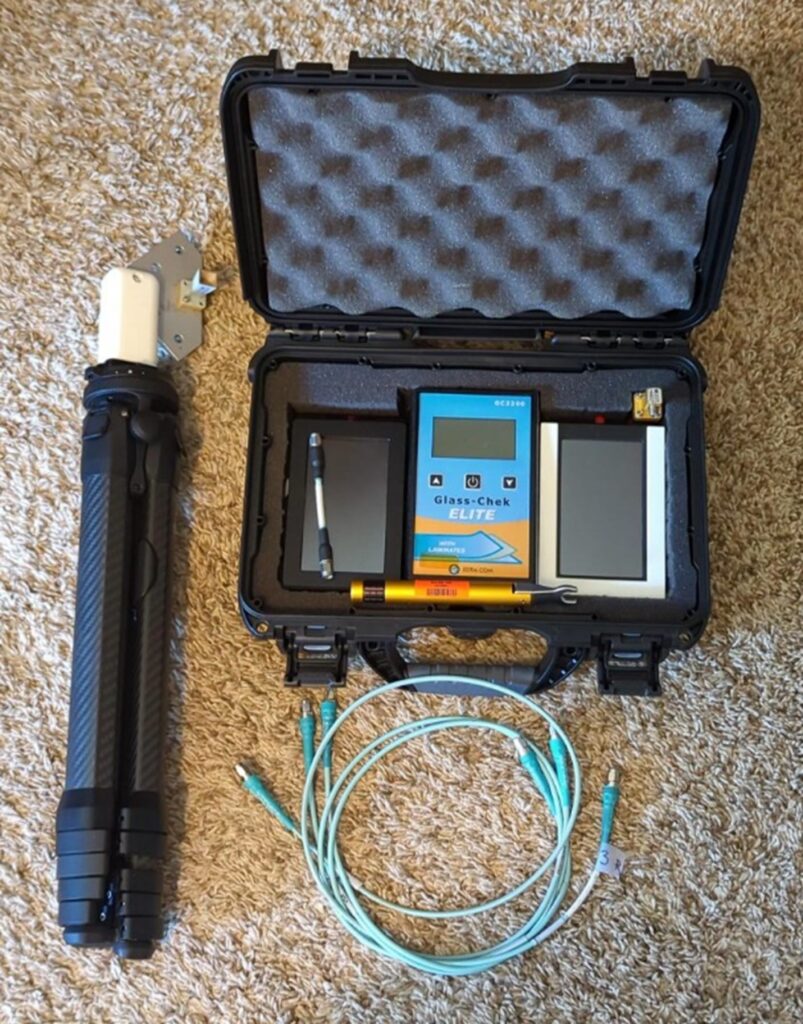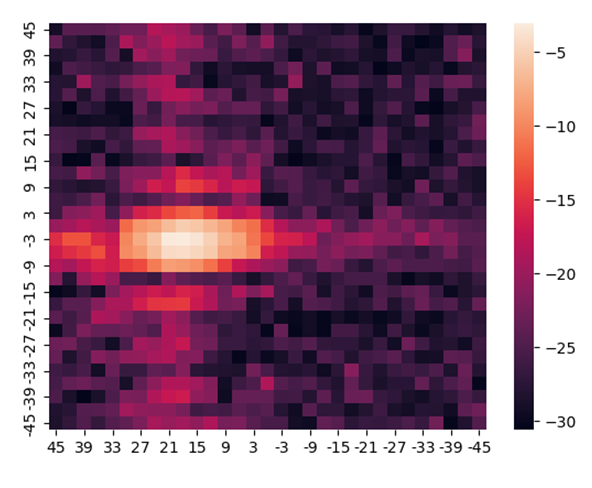mmWave Mythology, Part III
By Kent Lundgren, VP Marketing
This blog entry presents two more millimeter wave myths presented by Pivotal VP of Engineering Alex Katko at Avalon’s Technology Users Forum in Dallas on January 9, 2024. You can read about the first four myths in mmWave Mythology, Part I and mmWave Mythology, Part II.
Recall that Alex’s presentation, “mmWave Mythology: Myths Busted or Confirmed Through Real Deployments,” challenged his audience to determine which of nine mmWave myths were confirmed, busted or plausible based on Pivotal Turnkey Service’s experience designing and deploying Pivot 5G repeater networks. These networks serve fixed wireless access (FWA) to hundreds of multiple dwelling unit (MDU) buildings across the United States. Pivot 5G network repeaters typically attach to utility poles or streetlights and re-direct mmWave signals from base stations to indoor subscriber equipment behind glass windows and doors, even exterior walls.
mmWave Mythology, Part III presents these myths:
- mmWave is Unpredictable.
- mmWave is Only for Experts.
Myth #6: mmWave is Unpredictable
Alex introduced this myth by noting the complexities described in myths 1-5, suggesting “mmWave is never going to match up to simulations, and it’s never going to be plug and play.”
Busted
In fact, mmWave matches up to simulations quite well as long as:
-

Figure 1: High resolution geographic data reveals signal blockage that would go undetected using lower resolution data. High resolution geographic data (15 cm or better) is used. Such data is available from multiple vendors for nearly everywhere in the U.S., and in most populated areas worldwide. See Figure 1.
- Modelling tools capable of efficiently handling large, high resolution datasets are used. Pivotal built cloud-based WaveScape from the ground up to handle such datasets.
Apart from dataset resolution, other differences distinguish mmWave modelling tools from those built for sub-6 GHz. The latter relies on statistical clutter classification to determine propagation characteristics. Additionally, sub-6 GHz modelling acknowledges diffraction (bending around) far more than reflection (bouncing off of), whereas diffraction is rare in mmWave propagation. If mmWave coverage occurs without line-of-sight, then it’s likely due to reflection, not diffraction.
Finally, sub-6 GHz automatic cell placement algorithms optimize for capacity, not coverage. mmWave has plenty of capacity. That’s why WaveScape is tuned for coverage.
Myth #8: mmWave is Only for Experts

Is mmWave really only for experts? More specifically, does the task of designing and deploying repeater networks to serve FWA to MDUs require a team of experts? What defines an expert is unclear, but expertise is definitely required. Therefore, this myth is ….
Confirmed
One aspect of expertise is having the right test equipment and knowing what to use and when. Surveys can be accomplished with a simple and inexpensive signal generators and spectrum analyzers as shown in Figure 2. Plus, it’s always a good idea to bring along an omni antenna for a quick first-pass understanding and a horn antenna to know what’s really going on.
Final qualification will require gear containing a modem, or at least a partial modem. This rules out a spectrum analyzer, and rules in a physical cell identity (PCI) scanner.
For troubleshooting/debugging, which can be tricky, do not rely on customer premise equipment (CPE) or a handset. These tools are more appropriate for service qualification (see myth #9 in mmWave Mythology, Part II). Instead, use a horn antenna so you can discern which beam is being used and where it’s pointing.
Finally, know what diagnostic modes are available in your radio equipment, e.g., self-test, pulling logs, scans, rasters, etc. Remote diagnosis, if possible, will save time and money. The heatmap in Figure 3 is a particularly useful diagnostic scan because it shows where a signal is coming from.

Figure 3: Diagnostic heatmap
Stay tuned for more mmWave myths, tips, and tricks in blogs to follow.

